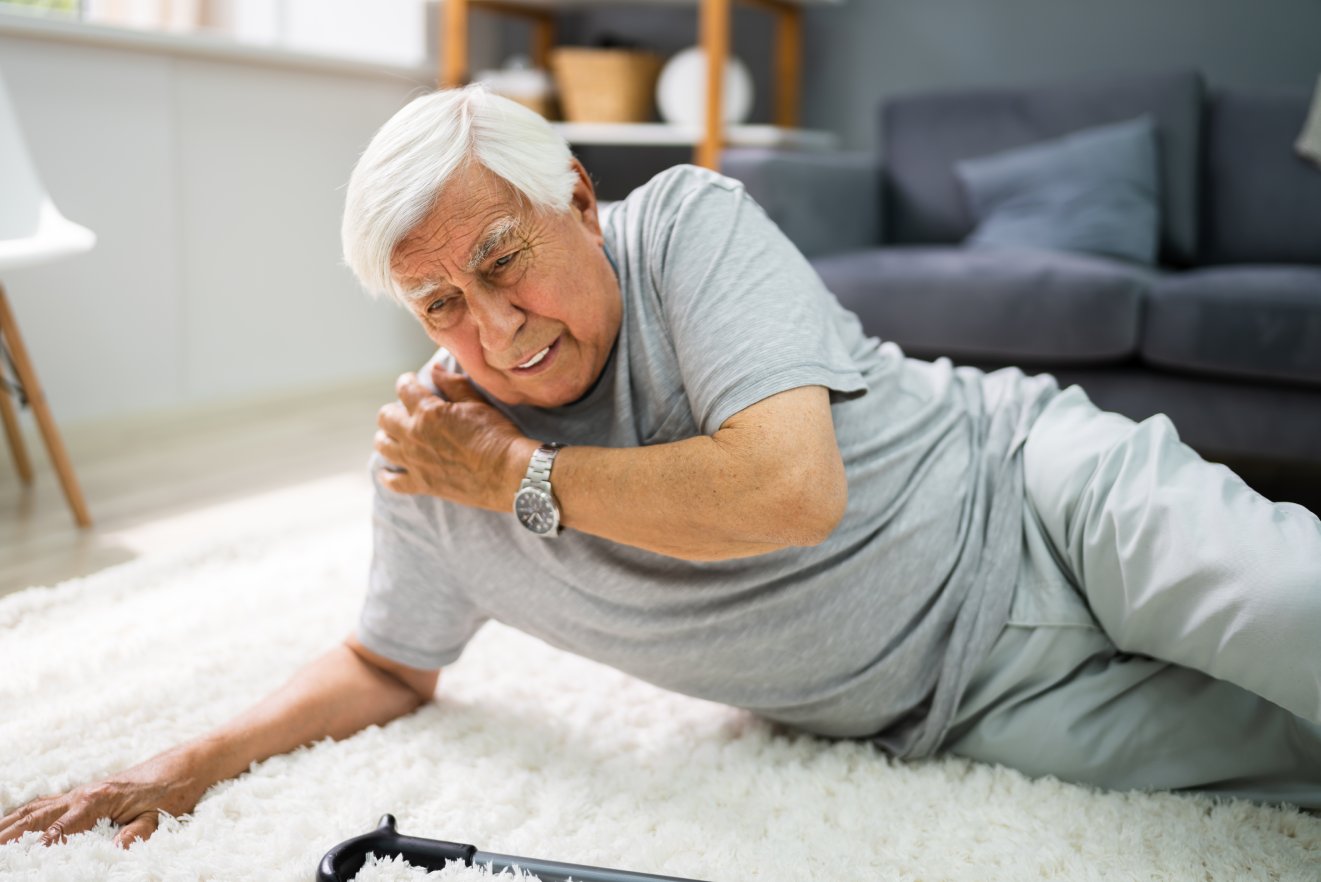When serving as a caregiver, particularly for seniors, the weight of responsibilities can sometimes feel overwhelming. The primary concern often revolves around caregiver stress and fall worries. These two aspects are interconnected, as managing the well-being of an elder involves ensuring their physical safety as well as maintaining one’s mental health.
Addressing caregiver stress and fall worries can significantly improve the quality of care provided. It’s crucial to understand these challenges and find effective solutions to address them. In this article, we will explore various strategies to help caregivers manage stress and reduce the risk of falls.

Understanding Caregiver Stress
Caregiver stress refers to the emotional and physical strain of caregiving. It can result from the demands of caring for an older adult, especially when managing their health and safety. Factors contributing to caregiver stress include lack of sleep, limited personal time, and the emotional toll of seeing a loved one struggle.
Signs of Caregiver Stress
Recognizing the signs of caregiver stress is the first step in managing it. Common symptoms include:
- Feeling overwhelmed
- Frequent mood swings
- Changes in sleep patterns
- Increased irritability
- Withdrawing from social activities
Understanding Fall Worries
Falls are a significant concern for caregivers of seniors. According to the CDC, falls are the leading cause of injury among older adults. The fear of falls can lead to anxiety and increased stress for both caregivers and seniors.
Factors Contributing to Falls
A variety of factors can increase the risk of falls among seniors, including:
- Balance issues
- Medication side effects
- Vision problems
- Environmental hazards
Strategies for Managing Caregiver Stress
Effectively managing caregiver stress is essential for providing the best care possible. Here are some strategies:
Building a Support Network
Having a support network of family, friends, and other caregivers can provide emotional relief and practical help. Sharing experiences with others in similar situations can also provide valuable insights.
Time Management
Creating a schedule can help caregivers manage their time effectively. Prioritizing tasks and setting realistic goals can reduce feelings of being overwhelmed.
Self-Care
Taking time for oneself is crucial to preventing burnout. Engaging in activities like exercise, meditation, or hobbies can help reduce stress and improve mental health.
Strategies for Managing Fall Worries
Reducing the risk of falls is essential for the safety of seniors. Here are some strategies to consider:
Fall Prevention Devices
Utilizing fall detection devices can provide peace of mind for caregivers. These devices can alert caregivers in the event of a fall, allowing for a quick response.
Home Modifications
Making modifications to the home environment can significantly reduce fall risks. Removing tripping hazards, installing grab bars, and ensuring proper lighting are essential steps.
Exercise
Encouraging seniors to engage in regular exercise can improve balance and strength, reducing the risk of falls. Activities like tai chi or yoga can be particularly beneficial.
The Role of Technology
Technology can play a significant role in addressing both caregiver stress and fall worries. Devices like non-wearable fall detection systems can monitor seniors’ movements without being intrusive.
Conclusion
Addressing caregiver stress and fall worries is crucial for providing effective care to seniors. By understanding the challenges and implementing the strategies discussed, caregivers can enhance their caregiving experience and ensure the safety and well-being of their loved ones.

Frequently Asked Questions
1. What are common signs of caregiver stress?
Common signs include feeling overwhelmed, frequent mood swings, changes in sleep patterns, increased irritability, and withdrawing from social activities.
2. How can caregivers reduce fall risks?
Caregivers can reduce fall risks by using fall detection devices, making home modifications, and encouraging regular exercise for seniors.
3. What role does technology play in caregiving?
Technology can aid in caregiving by providing tools like fall detection systems, which help monitor seniors’ safety and give caregivers peace of mind.
This article contains affiliate links. We may earn a commission at no extra cost to you.

